An ermine is another name for a stoat, particularly when its fur is white for the winter. These small mammals are related to the weasel, and are a part of the Mustelidae family. Other members of the Mustelidae family include otters, badgers, minks, wolverines, and martens. The ermine ranges across the northern hemisphere, throughout North America and Eurasia. Read on to learn about the ermine.
Description of the Ermine
Much like other members of the weasel family, ermines are long and slender. Their coat color varies based upon the season. In winter, the coat is pure white, and summer the coat is brown with a black tail.
Adults are slightly longer than half a foot at their smallest, and slightly longer than a foot at their largest. Males are around a quarter larger than females, and can be several inches longer than their female counterparts.
Interesting Facts About the Ermine
These little predators are undeniably cute, but surprisingly fierce. Learn more about ermines and their behavior below.
- Food for Thought – Ermines are incredibly fond of rabbits, such as the cottontail. Despite the fact that rabbits are several times larger than ermines, these predators can easily overpower their prey.
- Predator or Prey? – Of course, being so small does have its downsides. These little mammals do fall prey to other, larger predators, such as snakes, dogs, and foxes. Despite this, ermines put up one heck of a fight! They use their sharp teeth to defend themselves from predators.
- Territory – These creatures patrol and mark territories, defending them from other members of the same sex. The territories of males and females can overlap, and males have much larger territories than females. They mark the territory boundaries by rubbing their bodies, and their anal glands, on various surfaces.
- Hunting Skill – Small and swift, ermines move quickly from burrow to crevice and between in search of food. The smaller females are skilled at pursuing their prey deep underground. They will also climb into trees to search for bird nests, including species many sizes larger than themselves.
Habitat of the Ermine
Ermines live in colder climates throughout most of their range. They inhabit a wide range of ecosystems, including mountains, coasts, moors, agricultural areas, woodlands, and more.
Their habitats must have high volumes of rodents and small mammals, which is why they find themselves particularly attracted to farmland. Preferred habitat also has a variety of burrows, tunnels, and crevices for the ermines to use while hunting, and establish dens.
Distribution of the Ermine
These mammals are incredibly widespread, and they reside across much of the northern hemisphere outside of Arctic regions. Ermines can live throughout Canada and portions of the northern United States.
They also inhabit much of Europe, Greenland, Russia, northern China, and more. Humans have also introduced invasive populations in New Zealand, which are posing a problem to native bird species.
Diet of the Ermine
The primary prey sources for these little predators are small rodents, but they also eat rabbits and other small mammals. Preferred prey is usually dependent upon the region that the animal lives in.
Some common prey includes mice, rats, voles, rabbits, hamsters, pikas, shrews, birds, fish, and occasionally small reptiles. Males are more skilled at hunting larger prey, while females pursue small prey deeper into narrow tunnels and burrows.
Ermine and Human Interaction
Because their fur is so soft and luxurious, hunters often target ermines. In some places, wearing their fur is a symbol of high status and even royalty. Habitat destruction also threatens the ermine, but to a lesser degree.
Despite this, the population as a whole is not in danger of extinction. The IUCN lists these creatures as Least Concern, but recognizes that humans threaten some localized populations.
Domestication
Humans have not domesticated ermines in any way.
Does the Ermine Make a Good Pet
No, these creatures do not make good pets. They are wild animals, and have quite sharp teeth. In many places, these mammals are also illegal to own as a pet. Instead, consider a domesticated relative, the ferret.
Ermine Care
In zoos, these creatures require plenty of hiding places and lots of mental stimulation. Like most members of the Mustelidae family, ermines are quite intelligent. This means they require more environmental enrichment, like toys, puzzle feeders, scents, and positive reinforcement training.
Their diets are pretty easy to replicate, as they primarily feed on rodents in most areas. Zookeepers can successfully maintain them on mice, rats, and rabbits.
Behavior of the Ermine
Ermines are solitary, and maintain territories. They mark their territories with urine, body rubbing, and anal gland rubbing. They frequently live in burrows or crevices, but do not dig these themselves. Instead, they occupy tunnels and burrows of rodents and rabbits that they have killed. They will frequently use the furs of their prey to line their nests as well.
Reproduction of the Ermine
Breeding occurs from April through July, and females will mate with different males. This means that a single litter can have several different fathers. Gestation takes 280 days from mating to birth, but this is due to delayed implantation.
The female does not begin to develop the young until about 28 days before they are born. At 12 weeks, the mother weans her young ermines, called “kits,” their her milk.

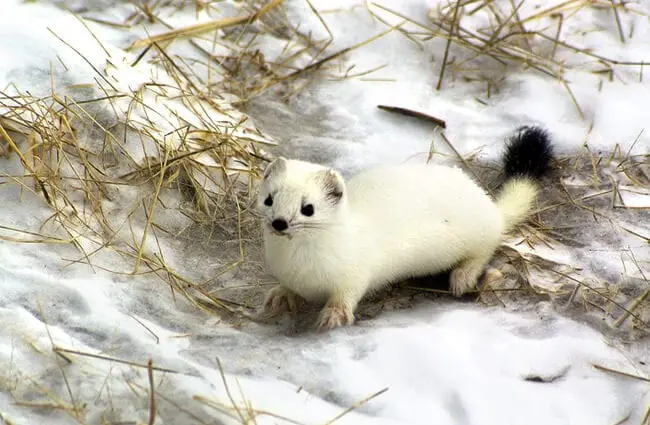
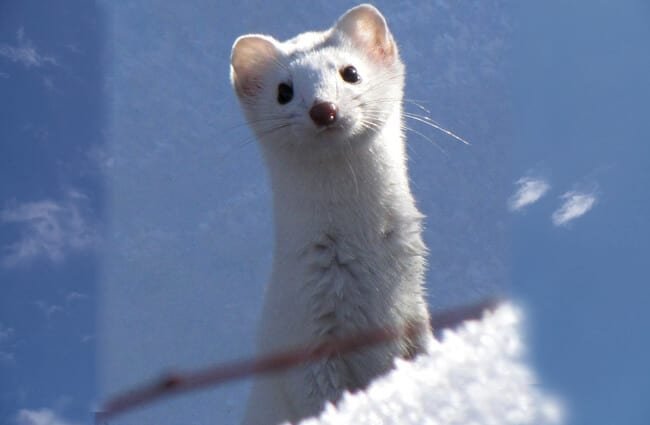
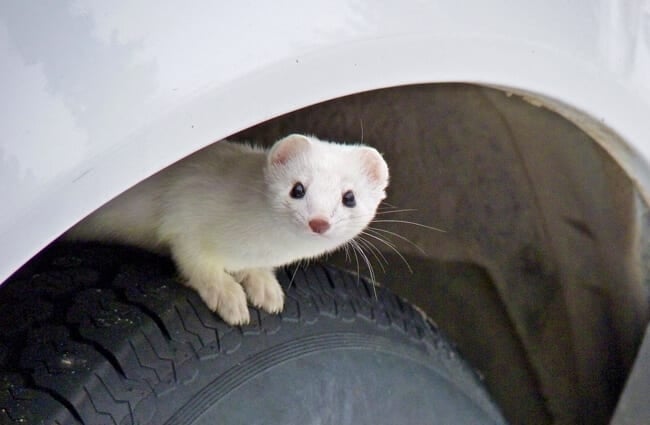

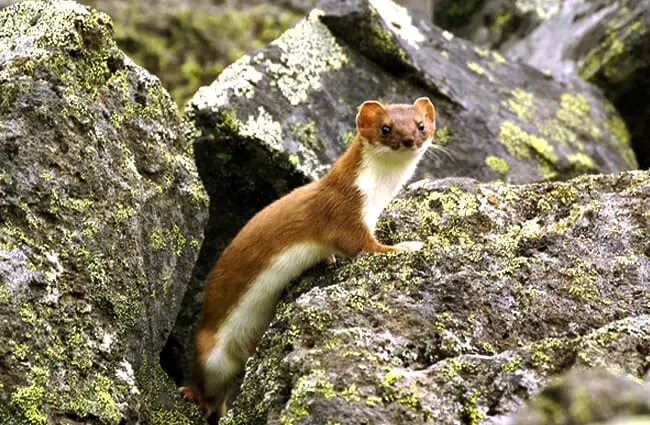
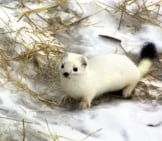


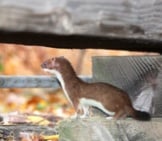

![Red Angus Closeup of a beautiful Red Angus cowPhoto by: U.S. Department of Agriculture [pubic domain]https://creativecommons.org/licenses/by/2.0/](https://animals.net/wp-content/uploads/2020/03/Red-Angus-4-238x178.jpg)












![Red Angus Closeup of a beautiful Red Angus cowPhoto by: U.S. Department of Agriculture [pubic domain]https://creativecommons.org/licenses/by/2.0/](https://animals.net/wp-content/uploads/2020/03/Red-Angus-4-100x75.jpg)

